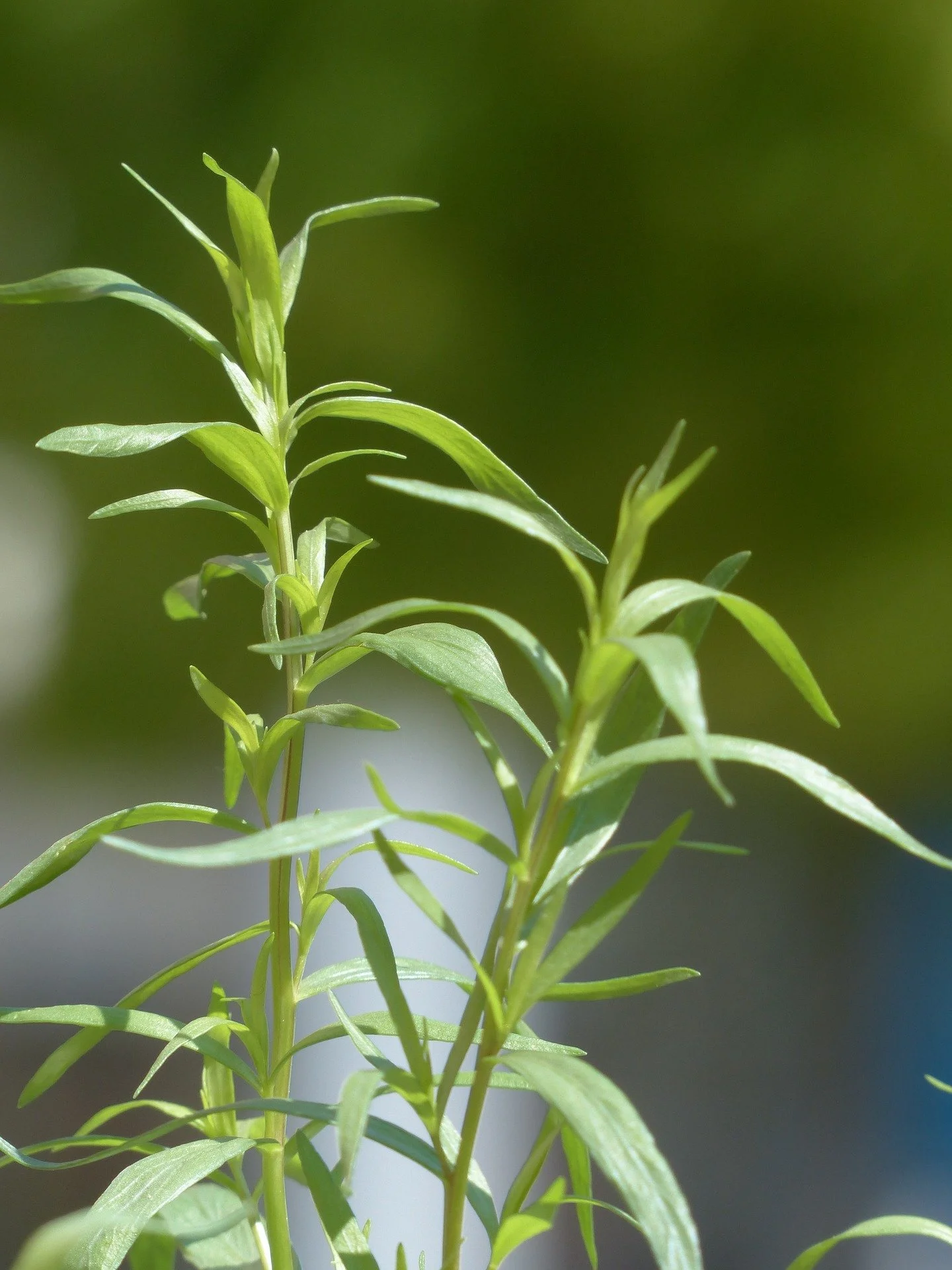
Tarragon
Tarragon is an herb that has been used for centuries for its distinct flavor and culinary versatility. It is a member of the sunflower family and is native to central Asia and the Mediterranean region. The herb has been used in cooking and medicine since ancient times, and its popularity has spread throughout the world.
The history of tarragon can be traced back to ancient Greece and Rome, where it was used as a flavoring in cooking and as a remedy for various ailments. Tarragon was also popular in medieval Europe and was used in a variety of dishes, including stews, sauces, and soups. During the Renaissance, tarragon was considered a symbol of prosperity and was frequently used in banquet dishes.
Tarragon's popularity declined in the 19th century, but it regained its popularity in the 20th century, especially in France, where it is now widely used in classical French cuisine. Tarragon is one of the four main herbs used in the famous French herb blend called "fines herbes".
Tarragon has a unique flavor profile that is slightly sweet, with hints of anise and licorice, and a slightly bitter finish. This flavor makes it a popular ingredient in sauces, marinades, and dressings, and it is often used to add depth and complexity to dishes such as chicken, fish, and vegetables. It is also used to flavor vinegars and oils, and can be added to soups and stews for added depth.
In addition to its culinary uses, tarragon has been used for medicinal purposes for centuries. It has been used to treat digestive issues, relieve pain, and promote relaxation. It is also believed to have anti-inflammatory and anti-bacterial properties.
Tarragon is a flavorful herb with a distinct licorice-like taste and aroma. It's a popular ingredient in many dishes, particularly in French cuisine. Some dishes that go well with tarragon include:
Chicken dishes: Tarragon is a classic ingredient in dishes like Chicken Tarragon, Chicken a la King, and Chicken Fricassee.
Seafood dishes: Tarragon pairs well with fish and seafood, particularly salmon, scallops, and lobster.
Sauces and dressings: Tarragon is a common ingredient in sauces such as béarnaise and tartar sauce, as well as vinaigrettes and herb-based dressings.
Vegetables: Tarragon is a great seasoning for vegetables, particularly asparagus, green beans, and new potatoes.
Eggs: Tarragon goes well with eggs in dishes like omelets, frittatas, and quiches.
Rice and pasta dishes: Tarragon can be added to risotto, pasta salads, and other dishes that feature rice or pasta for added flavor.
Tarragon is a versatile herb that can be used in a variety of dishes to add flavor and depth. When using tarragon in a dish, it's important to use it in moderation as its flavor can become overpowering if used in too great a quantity.
